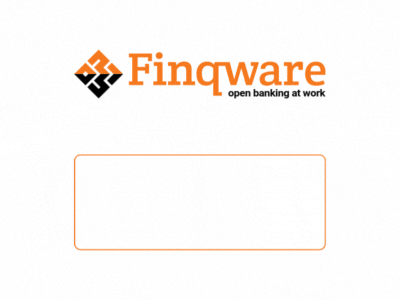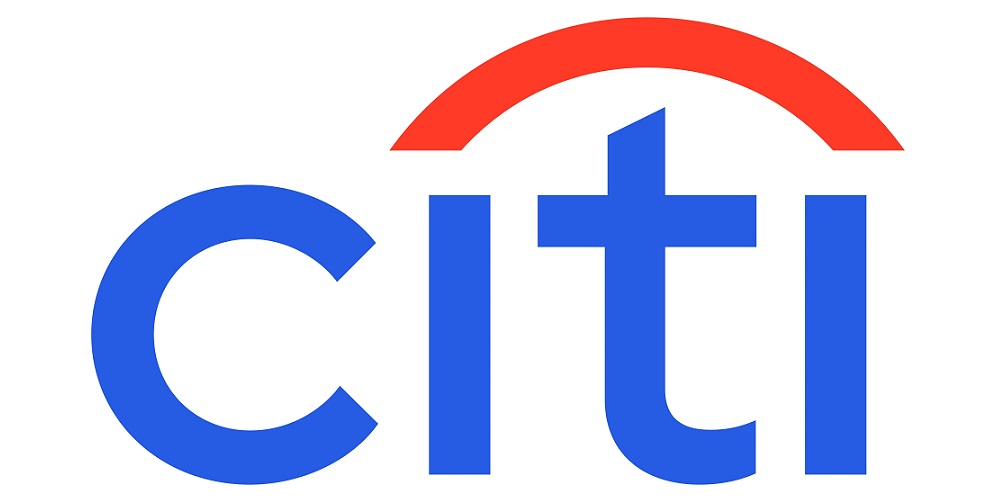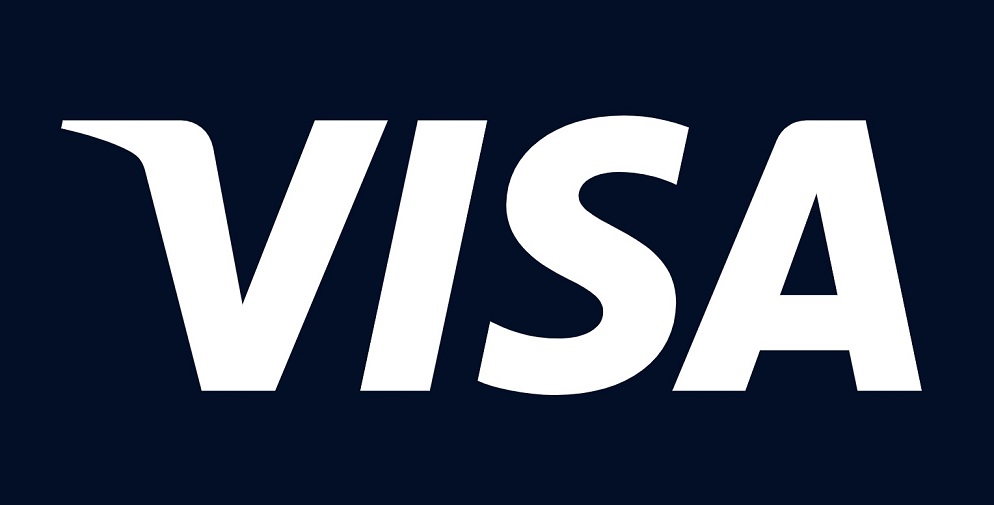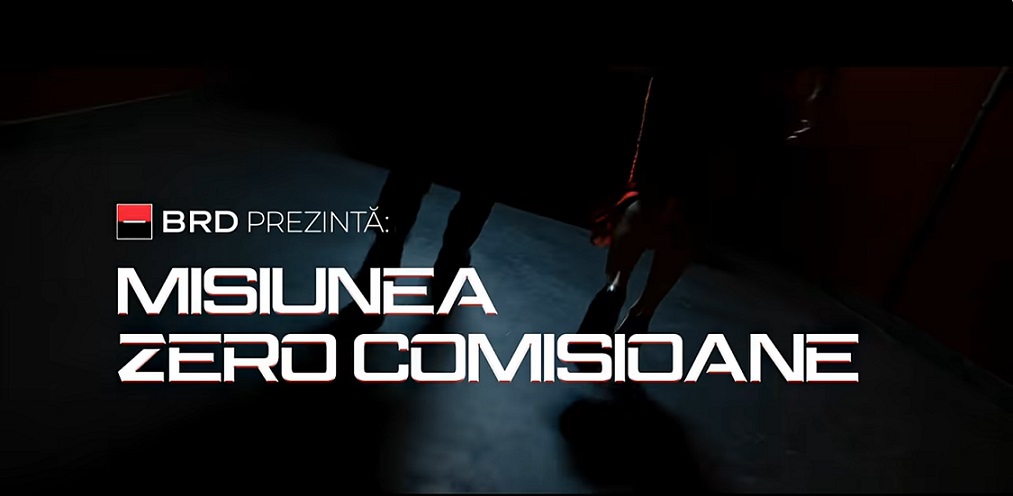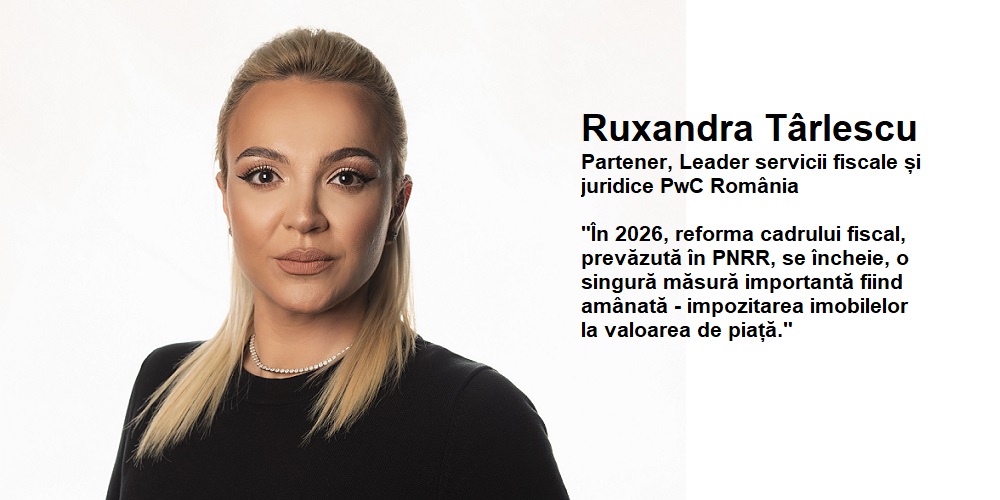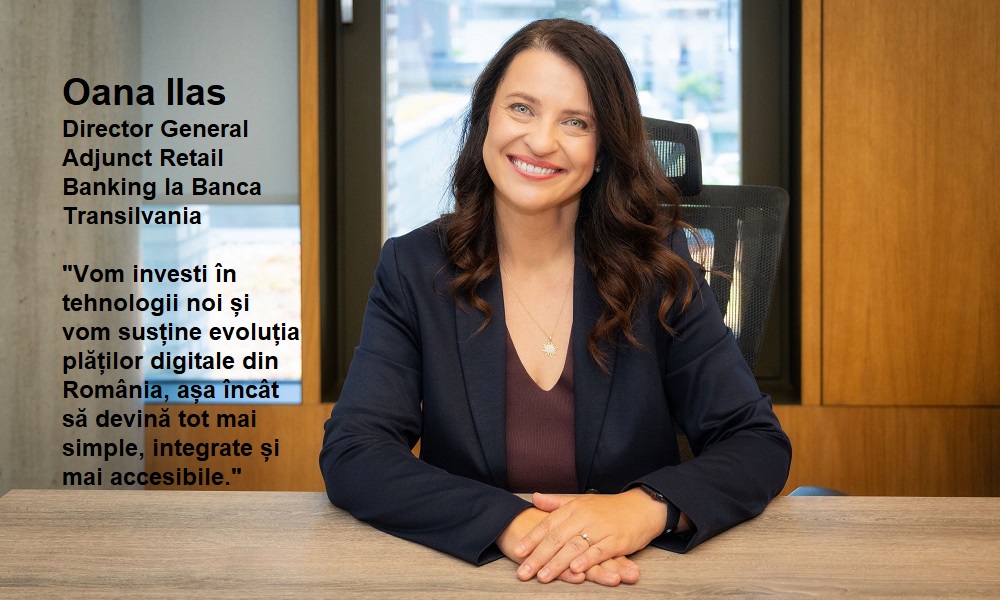High street banks should embrace open banking. Here everybody wins… apart from Visa and Mastercard

article written by Crezco’s CEO Ralph Rogge
Hold on to your deposits.
I’m told banking executives throughout the country are panicking about Open Banking. They think it will lead to further disintermediation, increased competition and loss of revenue.
Understandably, this was the CMA’s original intention when they forcibly required the high-street banks to give free access to regulated third parties to initiate payments for customers.
However, if this is how the “executives” are thinking, then they are thinking all wrong. Open Banking is not a threat to high-street banks; it is a much-needed opportunity to win back customers. These banks have long been under attack from the neo-banks and payment companies, like Revolut, Monzo, Stripe and Square. Open Banking is a greater threat to the neo-banks and payment tech companies than the high-street banks. Your enemy’s enemy is your friend.
The neo-banks and payment tech companies are less than a decade old but share the same valuations as the hundred-year-old high-street banks. These “tech” companies are run by great leaders, developers and designers, but their products are not very innovative.
They’ve just built better user experiences, either developer-first or mobile-first. Stripe’s underlying infrastructure uses the same rails as FirstData and WorldPay, two payment companies that for two decades have been dragged through a painful mess of M&A, IPOs and LBOs (I squeal at the thought). Revolut and Starling do not provide you with anything different to Barclays or NatWest.
They probably use infrastructure provided by Barclays or NatWest. Monzo’s cool coral-coloured card has Mastercard’s logo all over it. Only the user experience has changed somewhat. The difference is the upstarts make all their money from payments (interchange fees) rather than interest on loans. Open Banking payments, or account-to-account payments, eliminate the interchange fees.
All banks do the same thing: lending and borrowing. Wells Fargo does this in the US, Deutsche Bank in Germany, Credit Agricole in France, and priests on the Acropolis did this with Athenians’ valuables before the birth of Christ. It’s been the same business model everywhere for millennia: deposits and loans. Is it going to change now?
Yet the neo-banks like Monzo (47 per cent), Revolut (NA) and N26 (44 per cent) make their money from the interchange, not lending. As start-ups, they had neither the trust to protect your deposits nor the experience to make loans, but they had to begin somewhere and companies like Mastercard offered a ‘gateway product’: the branded card.
Mastercard and Visa were founded in the 1950s and 1960s, and while little has changed beneath the surface, both made it easier (built better user experiences) for third-party companies to access their rails and the interchange fees. As said, this was a ‘gateway product’ to eventually accepting deposits and making loans.
The neo-banks are now actively trying to grow customer deposits and move into lending.
Even Block (previously Square), the payment company started by Jack Dorsey, which historically made all its money from interchange (now 60 per cent of revenues from Bitcoin) acquired a US banking license in March 2021 to start accepting deposits and move into merchant loans. Stripe and PayPal are doing the same.
These companies accept payments for merchants before passing the received funds onto the merchant’s underlying bank, typically a high-street bank. They have always had the funds for a short-while, but they were not allowed to hold onto them for long.
Square acquired a bank license because they want to hold onto the funds for longer than a few days. They want to build a wall around these deposits to prevent the merchants from passing the funds back to the high- street banks. They want to keep the capital as a source of loans.
This is where Open Banking’s account-to-account payments works to high-street banks’ advantage. Account-to-account payments disintermediate Stripe, PayPal, Square, Visa, Mastercard, etc. They eliminate the complex payment chain (card associations, issuing banks, processors, merchant account providers and payment gateways) and with them the interchange fees. Open Banking payments send funds from customer bank accounts directly to merchant bank accounts, typically high-street bank accounts.
The shortest distance between two points is a straight line. With account-to-account payments Stripe, PayPal, Square, etc. do not get to touch the funds so they cannot build a wall around them to prevent them from reaching the high-street banks. High street banks get their merchants’ deposits back. If you have the deposits, then they have the capital to make the loans.
My advice to the high-street executives is to embrace Open Banking adoption, not worry about it or oppose it. The interchange fees is far more important to their existing competition, the neo-banks and payment tech companies. Banks should stick to savings and lending.
They have a comparative advantage and it’s been a profitable business model for thousands of years. The banks can never compete with the tech companies in building complex checkout integrations for online vendors.
If they continue to prefer the rails laid by Mastercard and Visa, customers will continue to settle funds to PayPal, Stripe and Square, from where they are increasingly reluctant to release them back to the high-street banks. Banks are losing control of the capital, this is their chance to retain that control.
If not sufficiently compelling, there is still a way to make money from Open Banking payments. The banks can copy NatWest’s example and enter into premium agreements with companies like Crezco (TrueLayer and GoCardless being the other two) for variable recurring payments.
Here everybody wins… apart from Visa and Mastercard.
Full article here
Dariusz Mazurkiewicz – CEO at BLIK Polish Payment Standard
Banking 4.0 – „how was the experience for you”
„To be honest I think that Sinaia, your conference, is much better then Davos.”
Many more interesting quotes in the video below:
